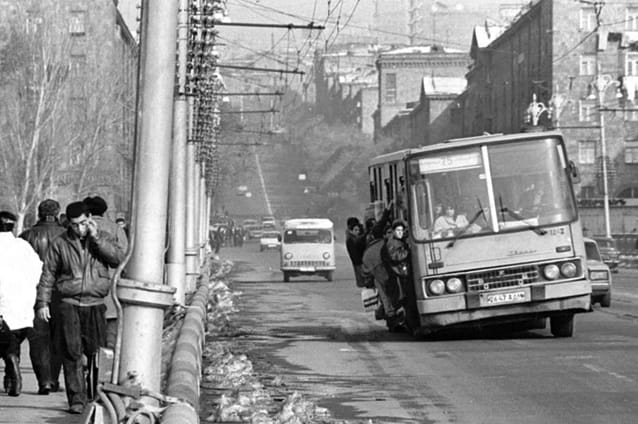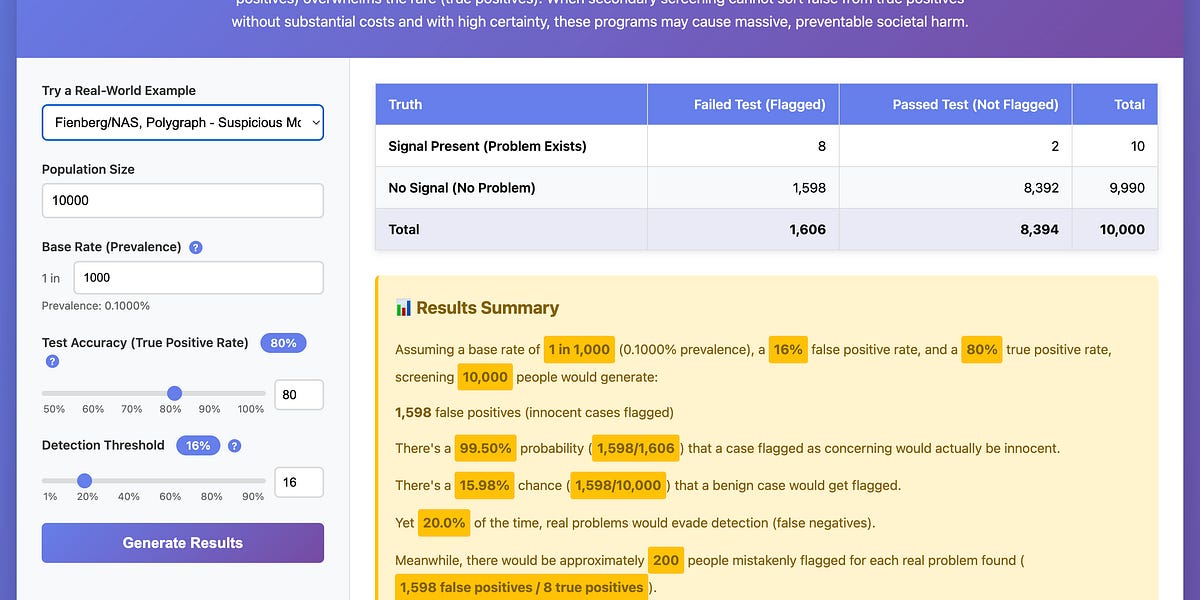Armenia continues to navigate a complex geopolitical landscape, balancing its traditional security alliance with Russia against a growing desire for closer ties with Western nations. The aftermath of the 2020 Nagorno-Karabakh war has profoundly reshaped the country's political and security calculus, forcing a re-evaluation of its foreign policy and defense strategies. Domestically, the government faces the dual challenges of implementing democratic reforms and addressing pressing socio-economic issues, all while managing regional tensions that persistently test the nation's resilience and diplomatic agility.
## Russia
The relationship between Russia and Armenia spans centuries, shaped by geopolitics, religion, and mutual interests. Beginning with the Russian Empire's expansion into the South Caucasus in the early 19th century, Russia became a crucial player in Armenian history, offering protection from Ottoman and Persian domination while also imposing its own imperial rule. The two nations share deep cultural and religious ties as predominantly Orthodox Christian countries, which has further strengthened their bond over time.
## Russian Empire
The incorporation of Eastern Armenia into the Russian Empire through the Treaty of Turkmenchay (1828) marked a pivotal moment in Armenian history. Prior to Russian administration, the Armenian population existed under divided Ottoman and Persian rule, with limited prospects for consolidated self-governance. The establishment of Russian imperial administration created a unified territorial entity that preserved Armenian demographic presence in the region. This administrative framework, though designed for imperial purposes, inadvertently provided the structural foundation for later Armenian state-building efforts.
The Russian imperial period facilitated the development of Armenian cultural and political institutions within a more centralized system than previously existed under Ottoman or Persian rule. When the opportunity for independence emerged in 1918, it was this Russian-administered territory that formed the territorial basis of the First Republic of Armenia. The continuity from imperial province to independent state suggests that Russian imperial governance, while not intended to foster Armenian sovereignty, created conditions that made modern Armenian statehood possible. This historical trajectory demonstrates how imperial administrative structures could later serve as the foundation for national states in the post-imperial era.
## Soviet Period
During the Soviet period, Armenia experienced significant modernization and development, transforming from a largely agrarian society into an industrialized republic with advances in education, science, and culture. Under Soviet rule, literacy rates soared, and a robust public education system was established, producing a highly skilled workforce. The Armenian SSR became a center for scientific research, particularly in physics, engineering, and computer technology, with institutions like the Yerevan Physics Institute gaining international recognition. Industrial growth, including machinery production, chemical plants, and electronics manufacturing, provided economic stability. Additionally, Soviet policies preserved and institutionalized Armenian culture, supporting theaters, museums, and the arts while promoting Armenian literature and music. Infrastructure projects, such as the construction of roads, schools, and hospitals, improved living standards. Though the era had its challenges, the Soviet period laid the foundation for Armenia’s later development as an independent nation.
Armenia's population underwent remarkable growth during the Soviet era, nearly quadrupling from approximately 880,000 in 1926 to 3.3 million by 1989.
## Dissolution of the Soviet Union
Dispiate that The Soviet collapse didn't begin in the Baltics or Moscow—it started in the streets of Stepanakert, the squares of Yerevan, and the autonomous regions of the South Caucasus, where the first irreversible cracks in the Soviet empire appeared.
Thirty-three years ago—on January 19, 1990—the Nakhichevan Autonomous Republic made history as the first Soviet territory to declare its withdrawal from the USSR. This bold move didn't occur in isolation; it was the culmination of nationalist upheavals that had been brewing in the South Caucasus since 1988, making this region the true starting point of the Soviet Union's disintegration.
## The Seeds of Wrath
The chain reaction began with Armenia's Karabakh movement and the violent 1988 pogroms in Baku and Sumgait, which exposed Moscow's inability to control interethnic conflicts or suppress growing demands for self-determination. While Lithuania became the first Soviet republic to formally declare independence in March 1990, Armenia had already set the precedent with mass protests and its August 23, 1990 sovereignty declaration—directly challenging Soviet authority.
By September 1991, the Baltic states completed their breakaway, but the South Caucasus had already delivered the fatal blows to Soviet unity. Armenia's referendum that same month confirmed its independence, and four months later, the USSR ceased to exist.
The conflict over Nagorno-Karabakh erupted in 1988 as the Soviet Union weakened, with Armenia supporting the region's predominantly Armenian population in their struggle to break away from Azerbaijan. Full-scale war broke out after the USSR collapsed in 1991, marked by brutal battles, sieges, and ethnic cleansing on both sides. Despite being outnumbered and outgunned, Armenian forces secured military victories, leading to a 1994 ceasefire that left Karabakh and surrounding territories under Armenian control. The war claimed over 30,000 lives and displaced hundreds of thousands, leaving deep scars that still shape regional tensions today.
## The "Dark Years" (1992-1995)
Following independence, Armenia faced extreme hardship as war, blockades, and the post-Soviet economic collapse created a humanitarian crisis. With Azerbaijan and Turkey shutting borders, energy supplies were cut off—leaving homes without electricity or heating during freezing winters. People survived on a few hours of power per day, burning furniture and books to stay warm. Factories shut down, unemployment soared, and malnutrition spread as the country struggled to function. The "Dark Years" only began to ease after 1995, when Armenia stabilized its economy and secured alternative energy routes, but the trauma of this period remains etched in national memory.
## Trump-Brokered Peace Deal
Shifting our focus to the present day.
On August 8, 2025, U.S. President Donald Trump hosted Armenian Prime Minister Nikol Pashinyan and Azerbaijani President Ilham Aliyev at the White House to sign a historic peace treaty, aiming to end decades of hostility between Armenia and Azerbaijan. The agreement, dubbed a "momentous joint declaration," commits both nations to cease all fighting, open commerce, travel, and diplomatic relations, and respect each other’s sovereignty and territorial integrity. A key feature is the establishment of the "Trump Route for International Peace and Prosperity," a transportation corridor granting the U.S. exclusive developmental rights, with anticipated infrastructure investments by American companies. The deal also includes bilateral agreements to enhance cooperation in energy, trade, and technology, and lifts previous U.S. restrictions on security coordination with Azerbaijan, imposed in 1992.
While Trump and Aliyev hailed the accord as a step toward "eternal peace" in the Caucasus, it has sparked controversy in Armenia. Many Armenians view the agreement with skepticism, particularly due to Azerbaijan’s 2023 offensive in Nagorno-Karabakh, which led to the expulsion of the region’s ethnic Armenian population following a brutal siege. Critics, including the Armenian National Committee of America, argue that the deal normalizes "ethnic cleansing" and fails to address the loss of Nagorno-Karabakh, a region central to Armenian identity. The accord remains a polarizing milestone, balancing prospects for regional stability against unresolved grievances from the 2023 conflict.
## Deal or No Deal
- Donald Trump’s brokering of the Armenia-Azerbaijan peace accord in August 2025 bolsters his Nobel Peace Prize candidacy, showcasing his diplomatic clout in resolving a decades-long conflict.
- Meanwhile, Armenia’s Western-oriented elite, often supported by figures like George Soros, seizes the opportunity to distance itself from Russia, viewing the accord as a snub to Moscow. They see Armenia’s historical reliance on Russia—likened to U.S.-Israel cooperation—as a misstep, especially given Russia’s current sanctions and weakened global standing. Pivoting toward Western alliances, they argue, would have better served Armenia’s interests in this new geopolitical reality.
- Armenian Prime Minister Nikol Pashinyan secured personal guarantees for a comfortable retirement in the United States for himself and his family.
- Azerbaijani President Ilham Aliyev emerges as a decisive victor. The agreement, signed alongside Armenian Prime Minister Nikol Pashinyan, grants Azerbaijan access to a vital transportation corridor through Armenia, linking it to its Nakhchivan exclave and ally Turkey, while operating under Armenian law but with U.S. oversight. This deal cements Azerbaijan’s post-2023 military triumph in Nagorno-Karabakh, reinforcing Aliyev’s domestic standing and geopolitical leverage. While Pashinyan’s Western-leaning elite may view the accord as a step toward distancing Armenia from a weakened Russia, Aliyev’s ability to secure territorial and economic objectives positions him as the clear beneficiary, strengthening his legacy as a shrewd leader navigating a complex regional landscape.
- Russia’s strategic interest in Armenia, beyond sentimental historical ties, is often overstated in contemporary geopolitics. While Armenia has long been a key ally in the South Caucasus, hosting a Russian military base in Gyumri and relying on Moscow for security, its strategic value is diminishing.
Armenia’s small size, economic constraints, and lack of significant natural resources further limit its strategic weight, making it less critical to Russia’s broader geopolitical ambitions, especially as Moscow grapples with sanctions and other global pressures.
- Armenia, stripped of robust support from traditional allies like France and Russia, finds itself increasingly isolated against the growing regional clout of Turkey and Azerbaijan. The U.S.-brokered Armenia-Azerbaijan peace accord, while stabilizing relations, underscores Armenia’s weakened position, as Azerbaijan secures strategic gains like the U.S.-backed transportation corridor. Unable to dictate terms, Armenia’s geopolitical leverage is curtailed. Its much-touted economic “miracle” leans heavily on cheap Russian gas and an influx of Russian capital following sanctions on Moscow, masking underlying vulnerabilities. Without diversified alliances or economic independence, Armenia’s ability to assert itself in the face of Turkish and Azerbaijani dominance is severely constrained, leaving it at the mercy of regional power dynamics.
.png)






